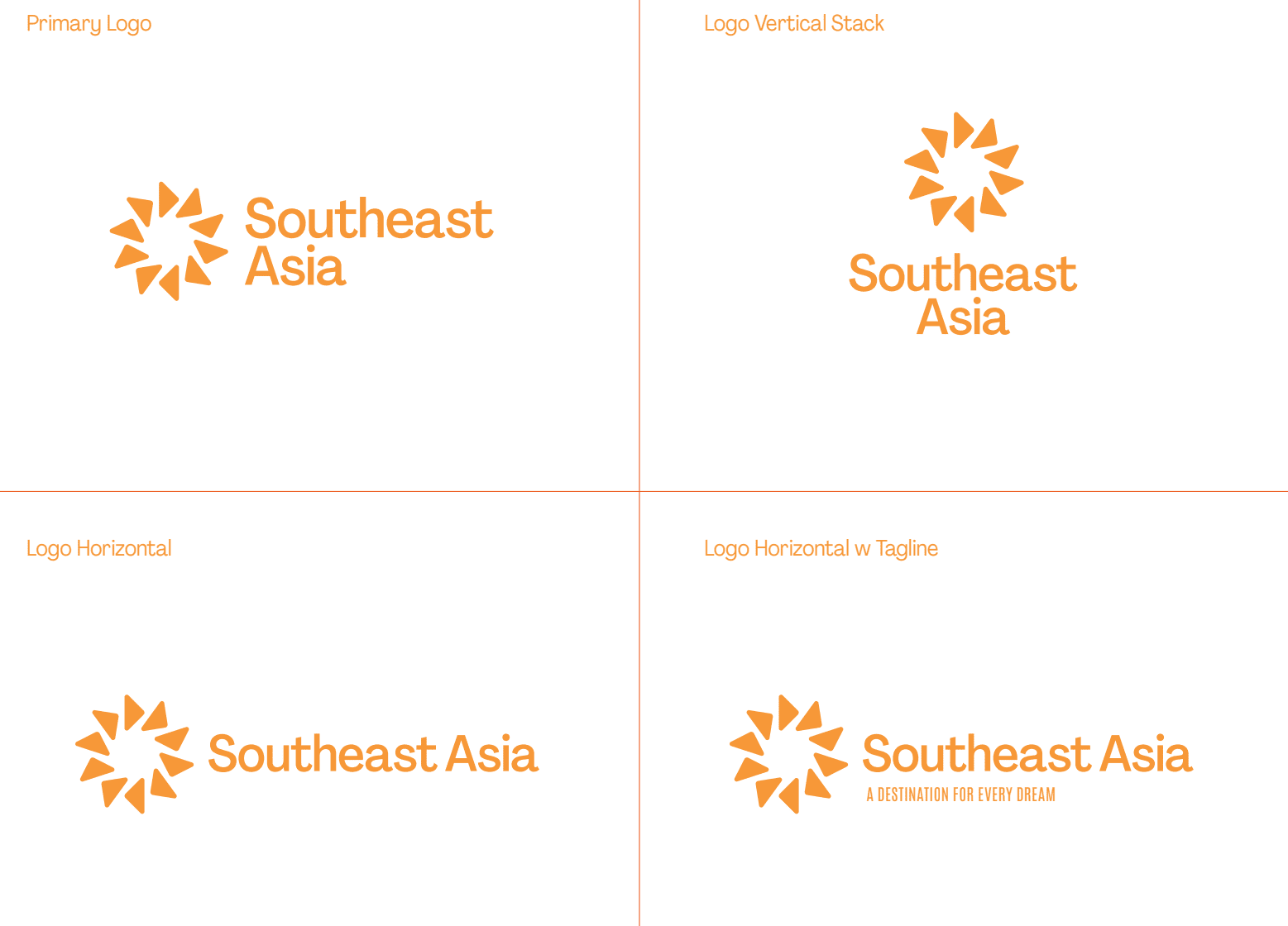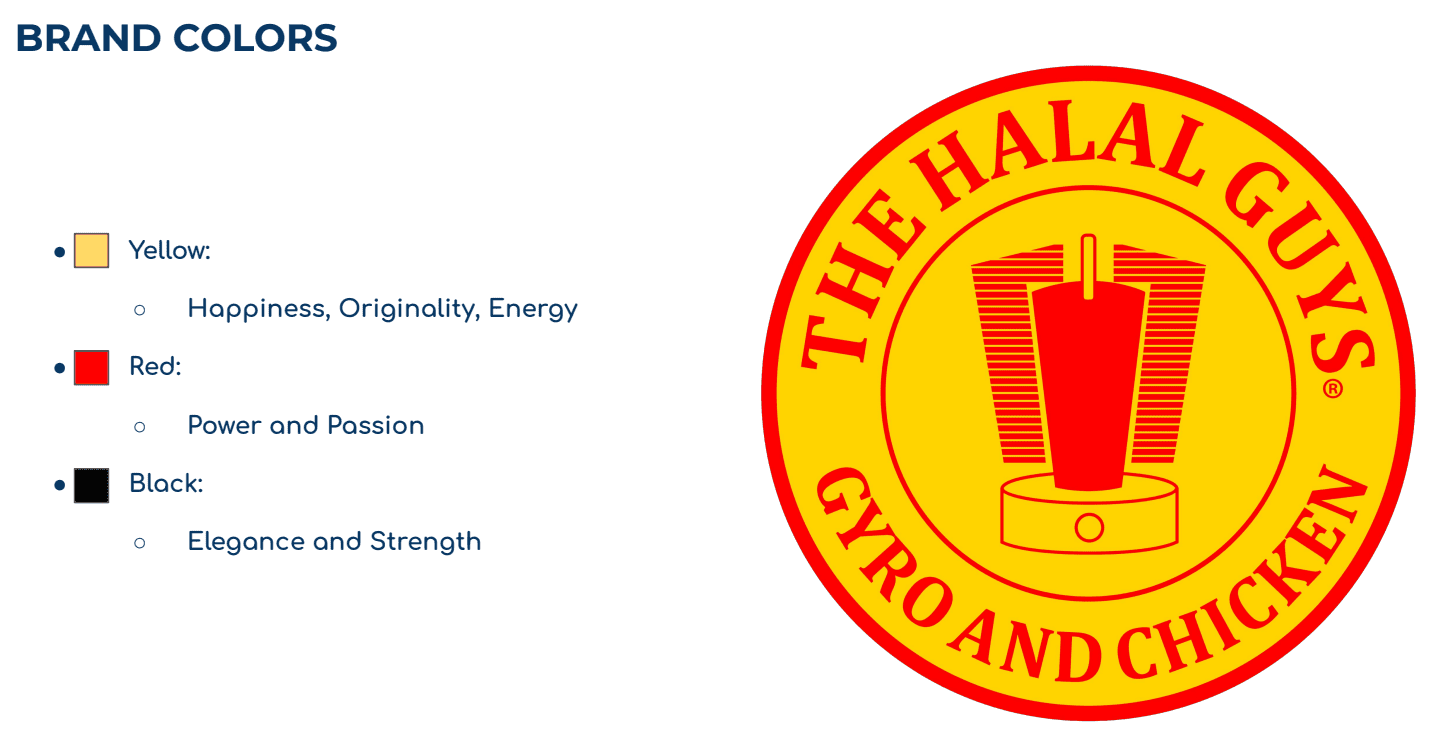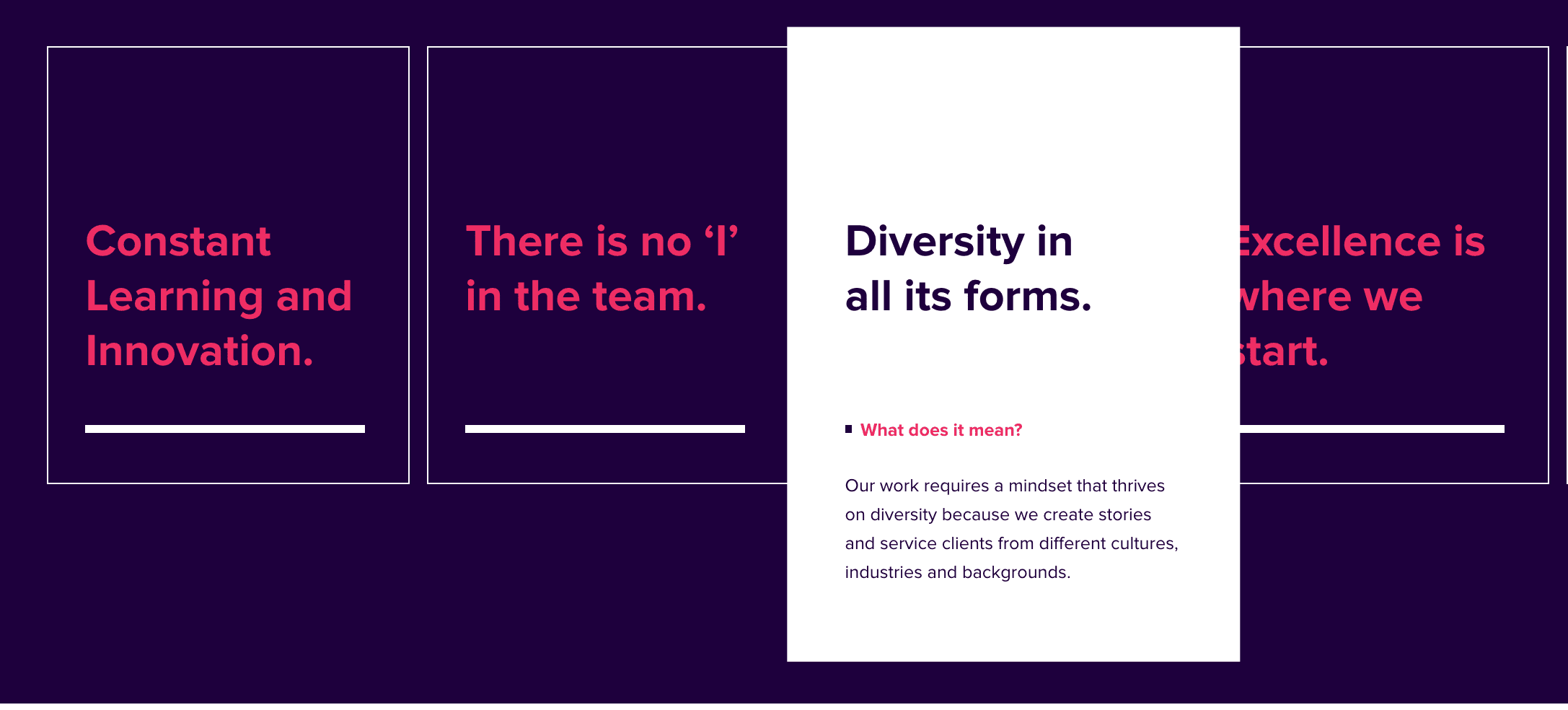What’s A Brand Guide, Anyway?
While most business owners are familiar with a business plan, they may not be as familiar with a brand guide. A brand guide is not a business plan but a guide that explains how you want your business to communicate to the world. It includes your brand guidelines such as logos, brand colors, brand fonts, and even your brand’s personality.
A brand guide is helpful because it keeps all of your brand’s core values in one place. This can not only help you stay organized, but it can also help your marketing team stay on-brand and consistent when presenting your business to the world.
Brand Consistency is Key
So, why is a brand guide so important? A brand guide helps you keep your brand identity and messaging consistent across all platforms. Customers take comfort in familiarity. In fact, maintaining brand consistency across all platforms, such as social media, your website, and your blog can improve your sales by 23%.
Maintaining consistent branding further creates familiarity with your brand. Whether succinct and to the point, educational in tone, or cheeky and fun, customers and followers will better understand your brand through your established brand identity and voice.
Another benefit of consistent branding is your customers’ emotional connection to your brand. In fact, according to Adobe, when customers become emotionally tied to your brand, they spend, on average, about 67 percent more on your product or service than new customers!
What Goes in A Brand Guide
Here are the essential elements to look for in a brand guide to help keep your brand consistently “on-brand.”
Logo
The first step to creating a brand identity is having a professionally designed logo for your business. You want your logo to be used in all of your communications. Whether on your website or blog, in your newsletters, in advertisements, and more, you want your logo to be seen. A good logo will create instant brand recognition (think of the Mcdonald’s golden arches or the Amazon arrow) and set the tone for your brand.
You should have several variations of your logo as well. This can be tailored to your specific type of communication, as some communications may not need the full logo. Great examples include smaller logos for social media profiles and icons or the same logo in black/white or alternate colors.

Brand Colors
Your brand colors are important, too, and should carry forward your overall brand look and feel. For example, if your brand color palette includes muted colors to convey a feeling of peacefulness and calm, use those colors on your website, marketing materials, Instagram posts, and blog images.
When choosing your brand colors consider color psychology. Color psychology is the way colors influence consumers’ feelings about a brand. For example, the Lyft logo is a bold hot pink with white text. This is no coincidence. Lyft chose this color combination to convey that they are woman-friendly, meaning they not only encourage women to drive for them, but that they also want female passengers to feel safe with their drivers.
Another example of color psychology in marketing is the Halal Guys logo, which is red and yellow. Many fast food restaurants use red and yellow in their logos, because studies have shown that yellow encourages the appetite, while red evokes passion for the product or brand. Thus, your customer will crave your food when they see this color combination.

Furthermore, studies have shown that customers are more drawn to a brand or logo when it stands out from its background. This not only draws the eye to the logo, it makes the logo more easily recognizable, which is the goal of having a logo in the first place.
Your marketing team can help you determine a color palette that not only stands out, but that uses color psychology to evoke the emotions you want customers to feel about your brand.
Typography
Another essential element to creating your brand guide is the fonts you choose. Take your time to work with designers when selecting your brand fonts, as you don’t want your text to look dated or generic (no comic sans!).
Secondary fonts for headers and accents are also necessary and should be displayed consistently throughout your marketing materials and website. Once your marketing team helps you find your brand fonts, your team will use them across all mediums for consistency in building your brand.

Tagline
At ELMNTL, our tagline is “More Than Just An Agency, A Force of Nature.” This ties in with the word “elemental,” but it also conveys the feeling of strength and power. You want your tagline to be something short and easily remembered. Another excellent example of this is Nike. The Nike “swoosh” is one of the most recognizable logos in the world, as is their tagline “Just Do It.” In fact, if you were to see someone wearing a t-shirt that said “Just Do It,” even without the swoosh logo, you would likely instantly know that it is a Nike brand shirt.
Brand Message
Your brand’s message is another vital element of your brand guidelines. Your brand’s message begins with your mission statement. Your mission statement is a simple sentence that explains your brand’s purpose, which ties into your business’s purpose and the feelings you want your business to evoke.
Brand Story
Equally as important as your brand message is your brand story. Your brand story tells the tale of your business. How it started, why it started (what is your purpose?), and where you would like your brand to go. Perhaps you run a restaurant but would like to branch out to host special events. Include that in your brand story. This helps reaffirm your goals, which allows your marketing team to know where to focus their efforts.
Core Values
Your core values are similar to your mission statement. However, they may go into more depth than your mission statement. We recommend that you develop at least three core values, which you can share with your customers on your website or present to your marketing team, so they know how to guide your identity.
At ELMNTL, our core values are something we strive to achieve every single day. These core values show our clients that we have a defined mission and remind our team why we do what we do.

Brand Personality
A brand personality is a mixture of all elements of your brand identity. When helping a new client develop their brand personality, a common question is, “If your brand were a person, whom would they be?” Is your brand a sophisticated world traveler or a family man who wants to turn his children on to new experiences and cultures? Is your brand a celebrity like George Clooney or just your average Joe? Figuring out your brand’s personality can help your marketing team understand to whom to market your business and what voice to use to convey your brand message.
Brand Voice
Brand voice is similar to brand personality, but it’s the tone you take across all platforms. Your brand voice should be the same across every platform you use so that your customers will identify your brand voice as uniquely yours. Brand voices can run the gamut from authoritative and succinct to witty or punny, depending on how you want your business to be perceived.
Your brand voice should sound like the same person is writing your content, even if it’s a team effort. A good brand voice will resonate with your target audience, and a great brand voice will create instant brand recognition among your customers. They should be able to tell whose content it is without seeing your brand name.
Brand Positioning
Brand positioning is another essential element to include in your brand guidelines. Your brand positioning tells your customers why they should do business with you instead of your competitors. What makes your brand unique? Why is your brand better? You may be one of twenty Italian restaurants within a 5-mile radius, but you make your pasta from scratch, and many competitors don’t. Include that in your brand positioning, so your customers know what sets you apart.
Brand Strategy
Finally, you’ll want a good brand strategy to summarize your goals for your business. What are you hoping to achieve by marketing your business? Everyone wants to increase sales. However, you may have a greater mission. Your service or product may address a problem that your customers face. Your brand strategy might include the statement that you want to make your customers’ lives easier by solving that problem.
Another element of brand strategy is recognizing your competitors and convincing customers that you are a better choice. Learning what your customers find appealing about your competitors can help you focus on what elements of your business you need to promote. This includes similarities to those businesses but also what sets you apart.
In Conclusion
A brand guide is essential to sharing your brand’s mission with the world. Whether you have one waiting in the wings for your marketing team to follow or you’re just beginning to cultivate your brand’s identity, the marketing experts at ELMNTL are here to help.
Our team of experts can develop a professional brand strategy and guide for your business to stop users in their tracks and get them to listen to your messaging. In fact, we have a unique process for our branding projects that will help to eliminate the fear of the unknown. If you’re ready to start creating a brand strategy and guide for your business, contact the marketing experts at ELMNTL today!







